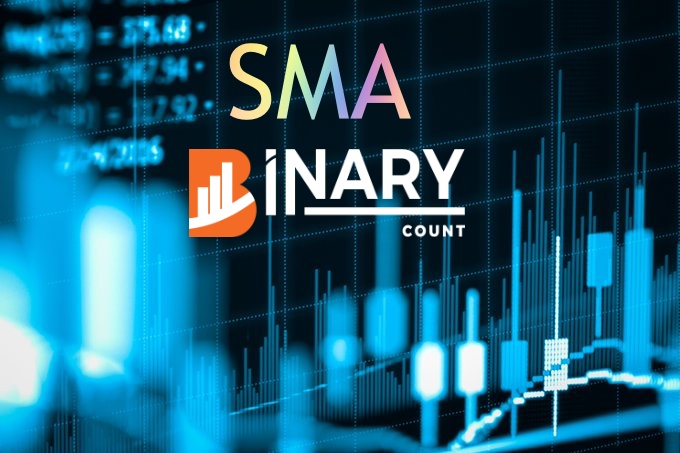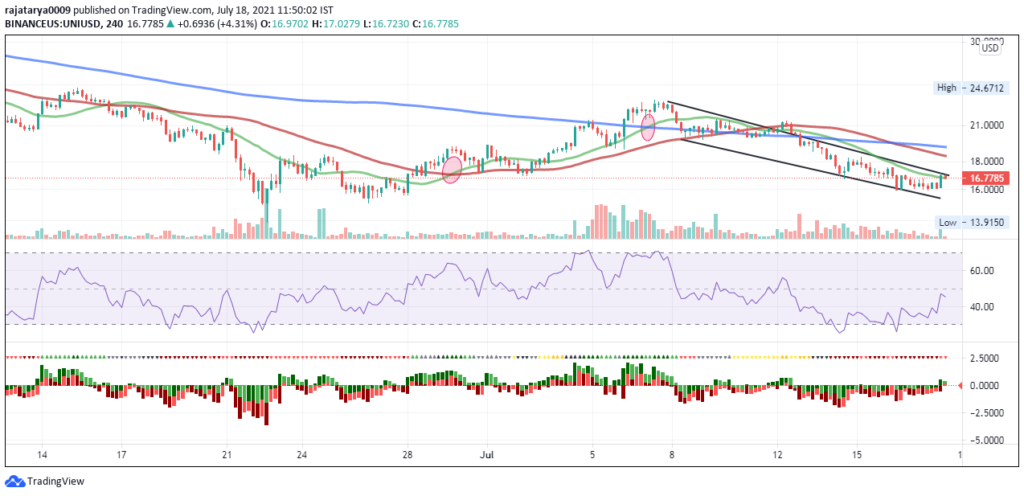
.jpg)
Take the 50-day simple moving average (SMA). How are moving averages calculated? Let’s look at the moving average formula. You can see the movement of a stock’s average price over time in relation to the actual stock price, which at times may trade above or below its MA line. What’s the difference? The shorter the moving average, the shorter the trend it identifies, and vice versa (see figure 1).Ī moving average (MA) is a trend-following indicator that helps you determine whether the “average” price in a given time period is trending up or down. You might choose a 10-day, 50-day, or 200-day average. They may even conflict with one another from time to time.Īlso, there are different time periods associated with moving averages. But bear in mind, trends can change, and other indicators can also be used to interpret trend direction. If a stock price is above the SMA, and if the SMA itself is moving upward, then there may be a stronger likelihood that you’ve identified an uptrend.
:max_bytes(150000):strip_icc()/SMA-5c535f2846e0fb00012b9825.png)
When might a trend be ending or reversing?.Where might be a potential entry point for a trend trade?.Which direction might the market be trending (if at all)?.If the trend is indeed your friend, to cite an ancient trading maxim, how can a SMA crossover system help? Start with three questions: Some stock moves are short-lived, while others last for weeks, months, or even years. A technical tool known as a simple moving average (SMA) crossover can help you identify the lion’s share of a trend. As in the ocean, markets have both tiny and huge waves, and some in between. Over time, they change - sometimes moving faster than at other times.įor our purposes, a trend can be defined simply as the general direction of a market over the short, immediate, or long term. Whether we’re talking about a blue-chip stock or a T-bone steak, prices don’t sit still. Prices are constantly moving, forming small and large waves, which, in finance-speak, are called “trends.” Markets and trends are inseparable. Markets are dynamic, just like the ocean. You have to know when to get in and when to get out when to go big, and when to go home. For either pursuit, recognizing and riding that big wave is crucial to your strategy. Surfers and traders share at least a few common traits (if you fall into both categories, we salute you). So, before you jump in, paddle out for a moment and let’s take a closer look at the swells.

Whether you’re surfing the waves on Hawaii’s North Shore or the volatile markets on the trading screen, failing to catch the right wave at the right time can leave you vulnerable to a nasty wipeout. Using two simple moving averages can help you identify potential entry and exit points.



 0 kommentar(er)
0 kommentar(er)
